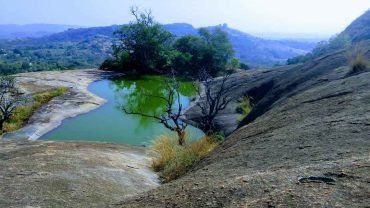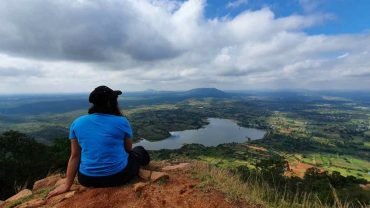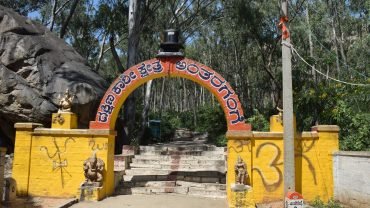Trekking to Kedarnath, nestled in the majestic Himalayas, is an exhilarating adventure that demands careful planning and preparation. Following the right Kedarnath trek guidelines is crucial to ensure a safe and enjoyable experience. From understanding the best times to trek, packing essential gear, to acclimatizing to the high altitude, these guidelines will help you navigate the challenges of the trail and make the most of your journey to this sacred and awe-inspiring destination.
Expert Kedarnath Trek Guidelines for Safe Hiking:
1. Physical Preparation:
- Fitness Level: Assess your fitness level and prepare accordingly. Kedarnath trek involves steep ascents and descents, so it’s essential to be physically fit.
- Training: Engage in regular cardiovascular exercises, strength training, and hiking practice to build stamina and endurance.
2. Gear and Equipment:
- Footwear: Invest in sturdy, comfortable trekking shoes with good grip to navigate varying terrain and prevent slips and falls.
- Clothing: Dress in layers to adapt to changing weather conditions. Carry waterproof and windproof jackets, insulated clothing, and quick-drying trekking pants.
- Backpack: Pack a lightweight, ergonomic backpack with padded straps to distribute weight evenly and minimize strain on your back.
3. Weather and Climate:
- Check Weather Forecasts: Monitor weather forecasts before your trek and prepare accordingly. Kedarnath experiences cold temperatures, especially at higher altitudes, so pack warm clothing and gear.
- Seasonal Considerations: The best time for the Kedarnath trek is during the summer months (May to June) and post-monsoon season (September to October) when the weather is favorable.
4. Trekking Essentials:
- Water and Hydration: Carry sufficient water or hydration packs to stay hydrated throughout the trek, as dehydration can lead to fatigue and altitude sickness.
- Nutrition: Pack high-energy snacks like nuts, granola bars, dried fruits, and chocolates to maintain energy levels during the trek.
- First-Aid Kit: Carry a well-stocked first-aid kit with essentials like bandages, antiseptic creams, pain relievers, blister pads, and altitude sickness medication.
Also Read: Trekking Adventures Overcoming Challenges and Thrills
5. Safety Precautions:
- Acclimatization: Allow time for acclimatization to high altitudes to prevent altitude sickness. Ascend gradually, stay hydrated, and listen to your body’s signals.
- Stay on Marked Trails: Stick to designated trekking trails and avoid shortcuts to minimize the risk of getting lost or encountering hazards.
- Buddy System: Trek with a companion or in a group for safety and support. Keep each other informed of your whereabouts and stay together during the trek.
- Emergency Contacts: Carry emergency contact information, including local authorities, trekking guides, and medical facilities, in case of emergencies.
6. Environmental Conservation:
- Leave No Trace: Practice Leave No Trace principles by carrying out all waste, including biodegradable items like food scraps. Preserve the natural environment and wildlife habitats.
- Respect Local Culture: Show respect for local customs, traditions, and religious sites during your trek to Kedarnath, a sacred pilgrimage destination for Hindus.
Read More: Tadiandamol Trek Tips and Essentials for a Successful Hiking Experience
By following these expert guidelines, you can embark on a safe and memorable trekking journey to Kedarnath, surrounded by the majestic beauty of the Himalayas.




Comment (0)